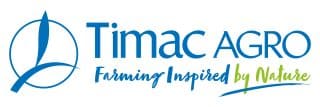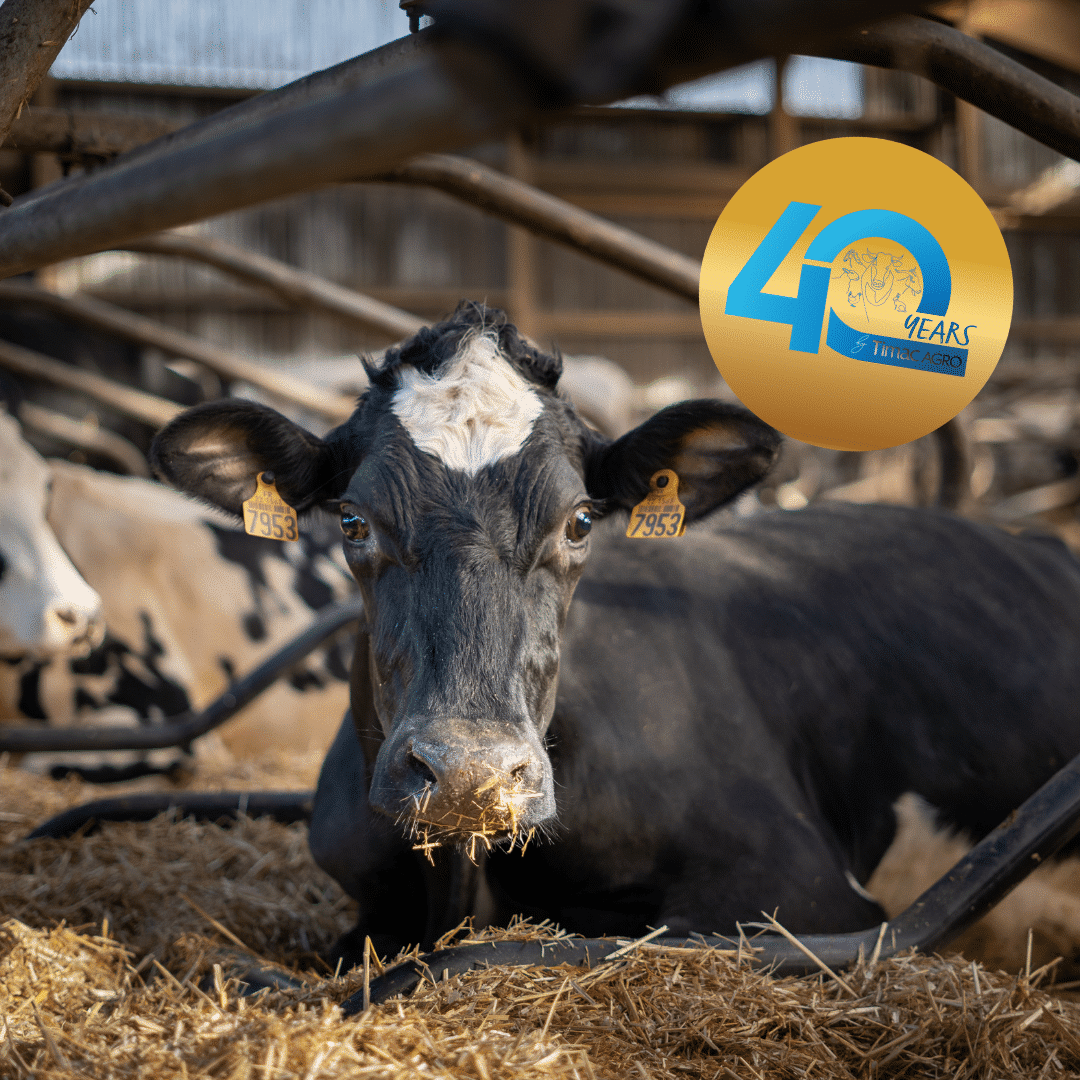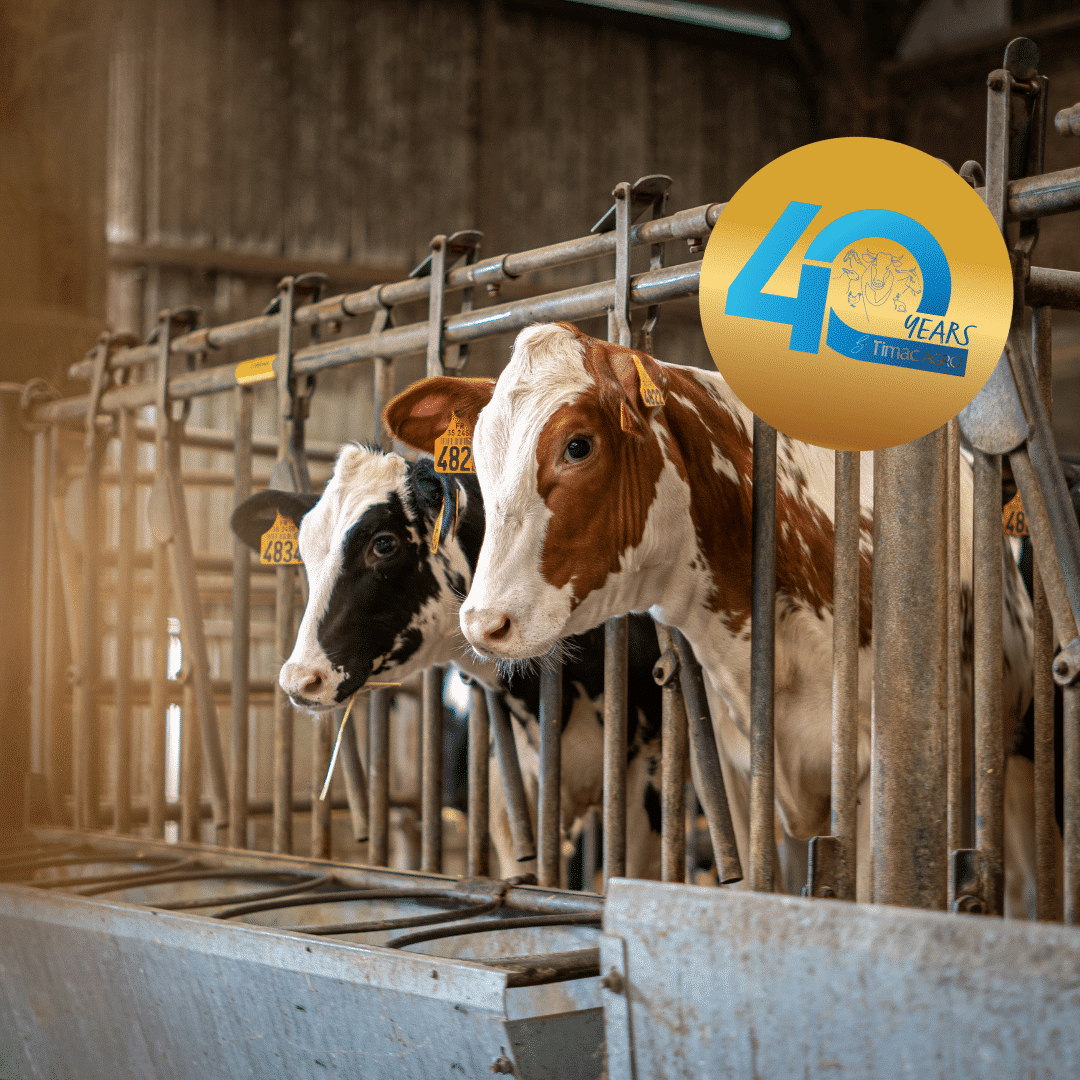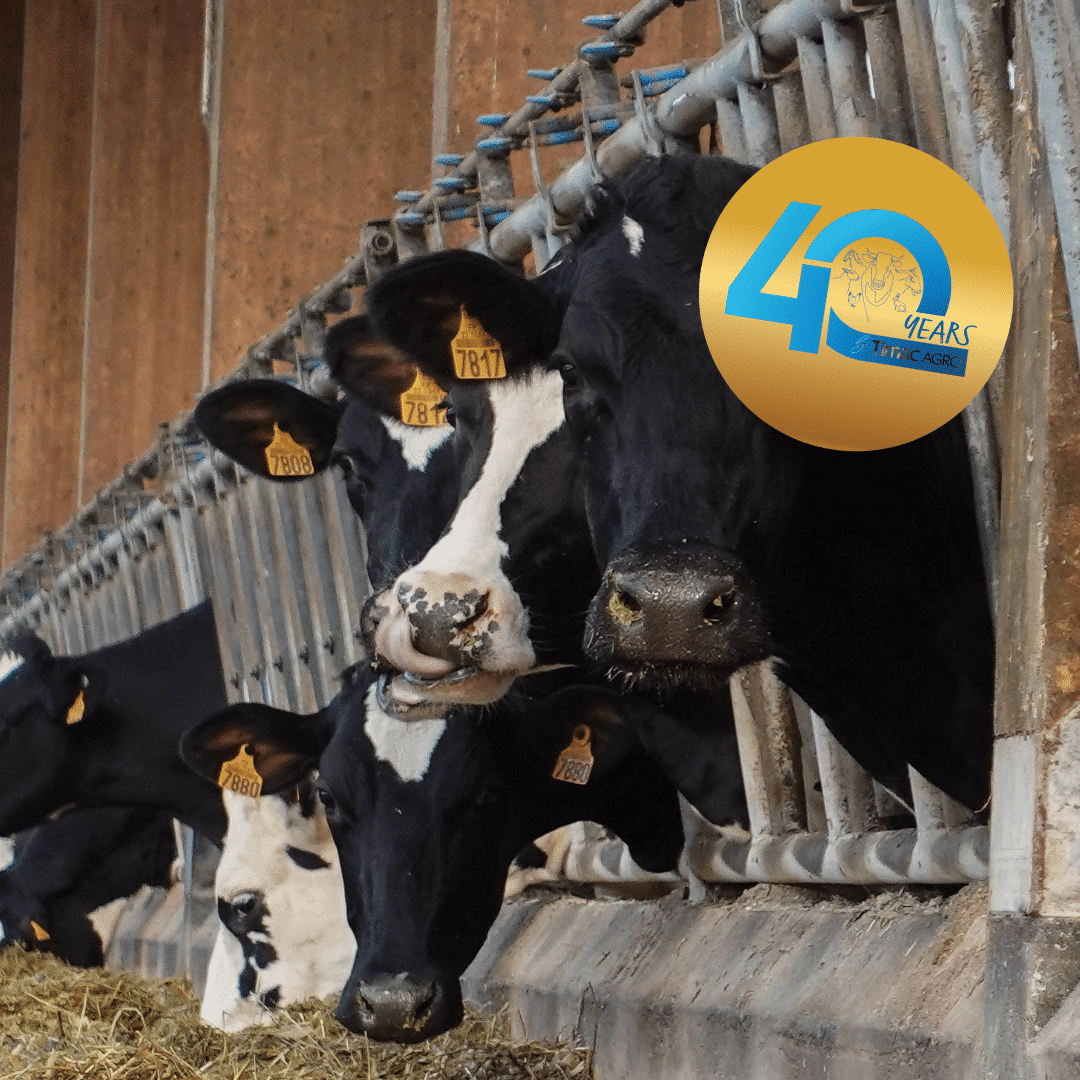Mastering silage: Preserving the quality and nutritional value of fresh forage
For livestock farmers, having access to high-quality forage all year round is a key challenge. Silage is a strategic preservation method that stabilizes the nutritional values of fresh forage while ensuring prolonged storage, often for up to one or even two years, without significant deterioration. Through controlled lactic fermentation, this practice helps to secure animal feed. TIMAC AGRO supports farmers in optimizing their silage practices, drawing on its expertise in Animal Production.
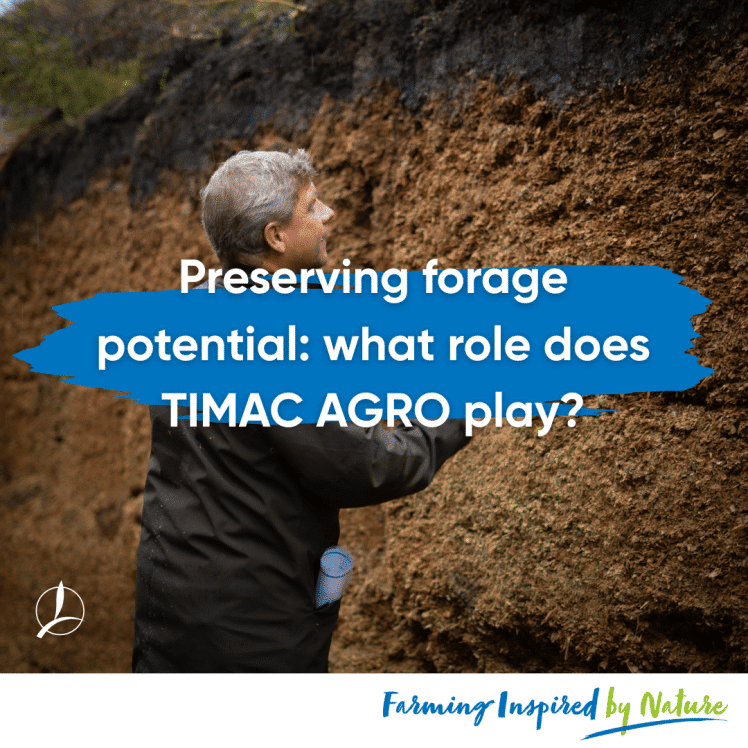
Key Conditions for Successful Silage Production
Successful silage production depends primarily on the quality of the forage at harvest time, as well as rigorous management of the various stages:
Lactic fermentation: the heart of the preservation process
The success of silage depends on rapid and controlled lactic fermentation. This process, carried out by bacteria naturally present in the forage, converts sugar into lactic acid. For this process to occur efficiently, the absence of oxygen is essential. This natural acidification limits the development of undesirable microorganisms and preserves the quality of the forage.
TIMAC AGRO supports farmers at every stage, offering practical advice on how to optimize silage: harvest time, dry matter balance, compaction, and watertightness. The goal: to ensure effective and stable preservation, for the benefit of animal performance.
Preserving quality, strengthening autonomy
Better control of silage means preserving the nutritional value of forage while limiting losses and health risks. This helps to strengthen the autonomy of livestock farming in terms of forage and to secure the herd’s feed supply.
True to its vision of “Farming Inspired by Nature”, TIMAC AGRO deploys a technical approach based on innovation, efficiency, and proximity to the field to provide long-term support to farmers in their practices.
